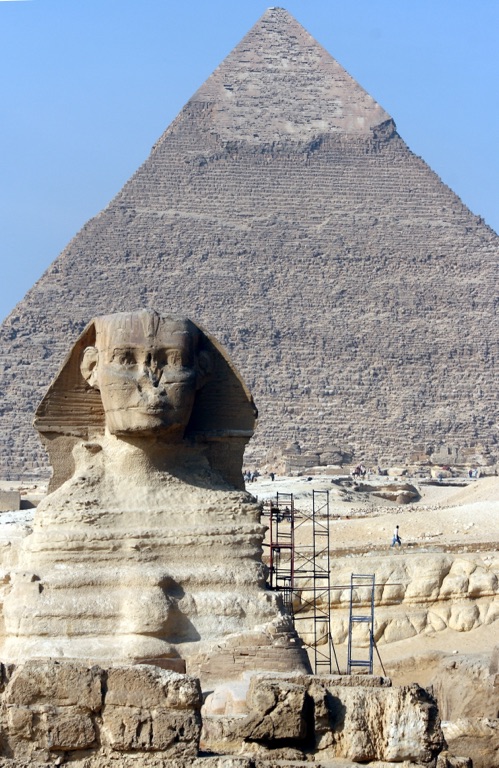The mysteries surrounding the Great Sphinx of Giza, primarily its age, continue to pique scholarly interest. The traditional belief places its construction during the reign of Pharaoh Khafre, yet evidence from geological studies hints at a much older origin. Difficulties in employing precise dating methods on the Sphinx itself mean that this enigma endures, with theories ranging across centuries. The Great Sphinx has also served as a potent symbol, entrenched in the cultural and religious fabric of ancient Egypt. Its leonine body and human head suggest a link to solar worship, portraying the pharaoh as a divine protector. Modern interpretations of the Sphinx extend its significance, contemplating its role in the mythical and touristic imaginations.
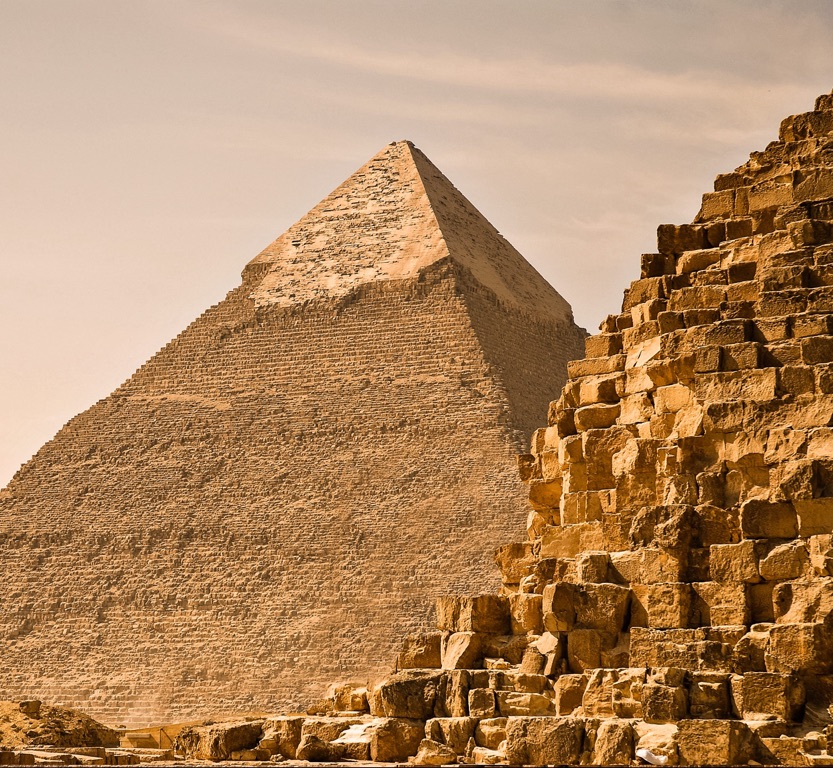
The Egyptian Pyramids: Monuments of Eternity
The Egyptian Pyramids stand as a testament to the ancient world’s astonishing architectural achievements. These monuments, constructed over several millennia, symbolize the zenith of Egyptian funerary culture. They served as elaborate tombs for pharaohs, reflecting their power and the belief in an afterlife. The most iconic among these are undoubtedly the pyramids at Giza, with the Great Pyramid of Khufu holding the title of the last standing wonder of the ancient world.
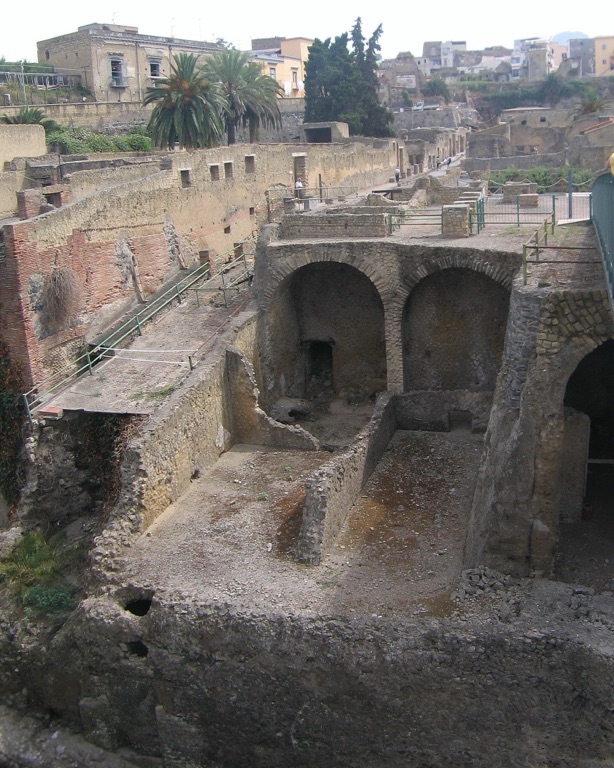
The Herculaneum Ruins
The Herculaneum ruins stand as a poignant testament to the devastating power of Mount Vesuvius in 79 AD. This ancient Roman town, once a vibrant seaside resort, was buried under volcanic ash in the same eruption that destroyed Pompeii. Unlike Pompeii, however, Herculaneum was encased in pyroclastic material, which preserved wooden structures and household items in remarkable detail. Today, the site offers an intimate glimpse into the daily lives of its former inhabitants. Visitors can walk down the old streets, step into well-preserved homes, and marvel at stunning frescoes and mosaics that have survived the test of time.
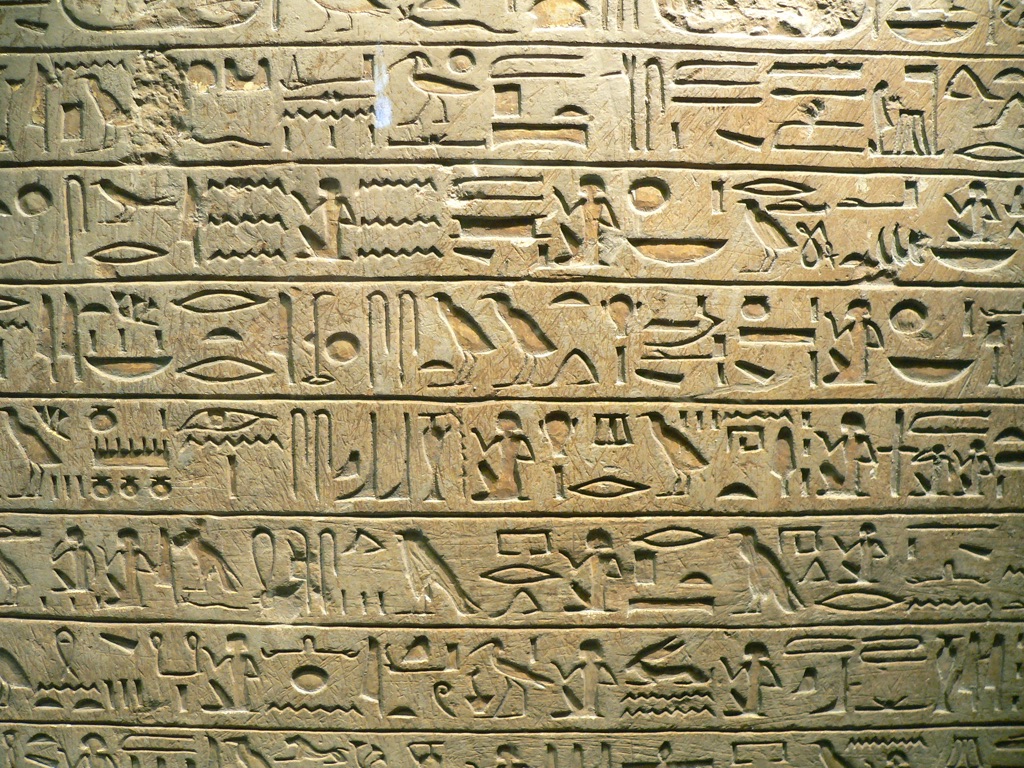
Deciphering the Past: Facts About Ancient Egyptian Hieroglyphics
Ancient Egyptian hieroglyphics stand as one of history’s greatest linguistic mysteries. These intricate symbols once served as the formal writing system for one of the world’s most advanced ancient civilizations. The symbols, a blend of logograms and alphabetic elements, graced the walls of majestic pyramids and tombs, holding sacred texts and royal decrees. For centuries, deciphering the language remained a challenge. The Rosetta Stone, discovered in 1799, became the key that unlocked the ancient script. It provided the much-needed bilingual text that allowed scholars to crack the code of hieroglyphics.
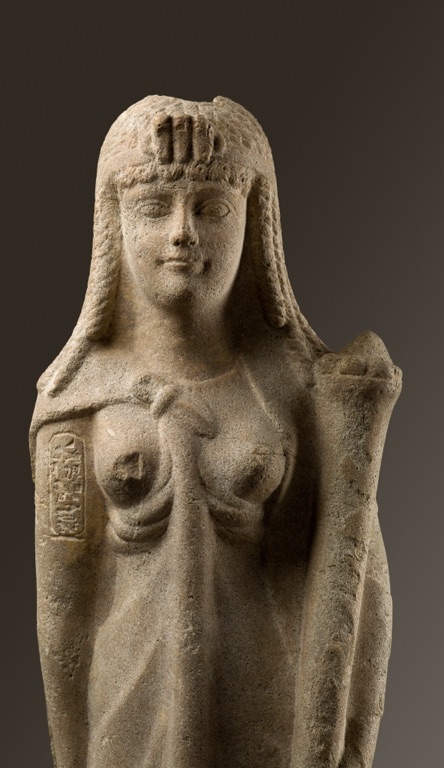
Cleopatra: The Last Pharaoh of Ancient Egypt
Cleopatra, the last active pharaoh of Ancient Egypt, personified power and intelligence. Her reign, from 51-30 BCE, marked the end of the Ptolemaic Kingdom. During her rule, she cultivated a relationship with Rome. This was by strategic alliances with influential leaders Julius Caesar and Mark Antony. Their relationships were crucial to maintaining Egypt’s independence during a tumultuous period of Roman expansion. Known for her wit and charm, Cleopatra was also respected for her intellect. She was well-educated in politics, diplomacy, and languages. Her political acumen was evident through her naval build-up and economic reforms. These bolstered Egypt’s economy. Moreover, Cleopatra embraced Egyptian religion and culture, identifying as the reincarnation of the goddess Isis.
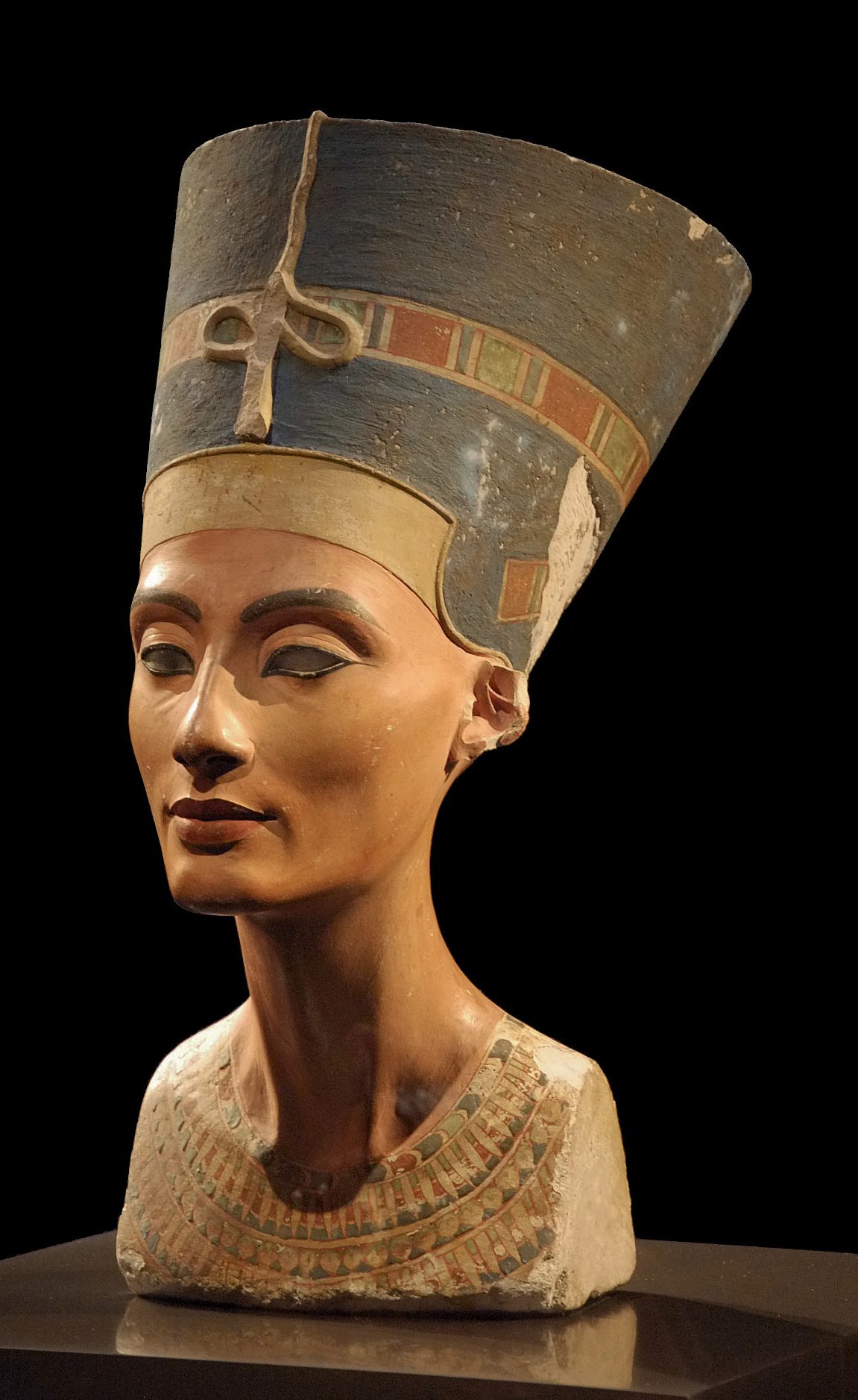
Nefertiti: The Mysterious Queen of Ancient Egypt
Nefertiti, the Great Royal Wife of Pharaoh Akhenaten, remains an enigma wrapped in the sands of ancient Egypt. Her reign, alongside Akhenaten, marked a revolutionary period with the worship of the sun disc, Aten, becoming the state religion. Known for her striking beauty, Nefertiti’s iconic bust has fascinated scholars and the public alike. However, her life story goes beyond her physical allure. Her influence was substantial in politics and religion during one of the most tumultuous times in Egyptian history. The couple’s attempt to reshape Egyptian culture is evident in art and architecture unearthed by archaeologists. Despite her prominent role, Nefertiti’s end is shrouded in mystery. Some believe she ruled as a pharaoh after her husband’s death, while others argue she vanished from historical records. Her tomb and final resting place are subjects of ongoing searches, fueling widespread interest and speculation about her life and legacy.

